
If you see your pup limping or hear them yelp in pain while climbing the stairs, you may wonder, can dogs pull a muscle?
Dogs can have pulled muscles just like humans, and it can be heartbreaking to watch your dog walk around with a limp. The muscles most often injured are those in a dog's front or hind legs and the most common symptom is a limp. How can you soothe your dog's pain? Can you prevent them from pulling a muscle in the future? Here's what you need to know.
Pulled muscles are traumatic injuries that cause damage to soft tissues, including the muscles and tendons. They are one of the more common injuries seen in dogs. They can either be the direct consequence of something or can be secondary to another illness or injury.
The symptoms of a pulled muscle are fairly classic of a soft tissue injury.
A pulled muscle can be quite painful. A dog suffering from one may be more standoffish. They may seem grumpy or upset at home, especially with other pets in the home. A dog with a pulled muscle may also have a decreased activity simply because it's painful to get around. It may also avoid specific activities like jumping on and off or furniture or using stairs.
Most pulled muscles derive from exuberant activity, but that isn't always the case. Some of the most common ways a dog can pull a muscle are as follows:
There can be different forms of myositis that can cause a pulled muscle or muscle injury. Myositis ossificans is a type of inflammatory condition where noncancerous bony deposits are found in the muscles and connective tissues. While the cause of this is unknown, some think it may be related to a clotting condition common to Doberman Pinschers called von Willebrand's disease.
Polymyositis is an inflammatory condition that can effect all muscles in the body. It can also be associated with autoimmune disorders, such as lupus or myasthenia gravis.
There are also different myopathies that can lead to pulled muscles. Labrador Retriever Myopathy occurs in both yellow and black labs. While the cause of this disease process is still unknown, it appears to be an inheritable ailment.
Great Dane Myopathy is another muscle disorder that appears to be inheritable. While no cases have been reported yet in the United States, they've been noted in England, Australia, and Canada.
External Myopathy (Rhabdomyolysis) is a myopathy that affects primarily racing greyhounds and other working dogs. It occurs after extensive exercise and is thought to be triggered by a lack of oxygenated blood in the muscles.
Dogs can tear their cranial cruciate ligament (analogous to an ACL tear in people). While this is, by definition, a ligament injury and not a muscle injury, the inflammation it causes can lead to pain and injury in the surrounding muscle tissues.
If you think your dog pulled a muscle, your veterinarian will most often diagnose it based on physical exam and the recent history of your dog. A physical exam will help your veterinarian determine where exactly the injury is. Obviously, if your dog is limping on their front right leg then they have an injury to that limb. However, the effected muscle can be anywhere from the
shoulder to the carpus (the wrist joint).
Knowing where the injury is specifically can help your vet determine if it's likely just a pulled muscle or if it might be something more. During the physical exam, your veterinarian may also do something called a gait assessment. This is exactly what it sounds like. Your dog is allowed to walk up and down a hallway where the veterinarian can easily watch how your dog moves his body and carries his weight. Some limps can be quite obvious but others may only cause a very subtle change in how a dog
walks.
Your veterinarian may also want to take radiographs, or X-rays. Although muscles cannot be easily assessed on an X-ray, your veterinarian may want to rule out any potential fractures. A torn cruciate ligament won't show up on an X-ray, but inflammatory changes to the surrounding tissues may show up as radiographic changes. Also, some breeds of dog are more predisposed to bone cancer, which can also present as a painful limp. Bone cancer is especially malignant, so taking an X-ray to rule it out may be warranted if your dog is one susceptible to it.
There are also more specialized pieces of equipment that can look for changes in how a dog carries their weight and any inflammation that they may be masking. Some facilities that do rehabilitation and sports medicine may have force plates they can use to see if a dog is bearing their weight evenly on all four paws or if they are compensating on one paw versus another. Thermal imaging can look to see if there's a muscle body significantly warmer than the surrounding tissues. Because inflammation causes heat, any warmed areas may have inflammatory changes.
There's no one single treatment for a pulled muscle; treatment involves a combination of therapies. If your veterinarian suspects that your dog has pulled a muscle, they will want to prescribe medication to help with the pain and inflammation. Usually, this includes a non-steroidal anti-inflammatory drug, such as carprofen (Rimadyl) or meloxicam (Metacam), and may include a muscle relaxer, such as methocarbamol.
A cold therapy laser can also help heal a pulled muscle This is a device that uses light to increase healing time, decrease pain, and decrease inflammation. It can be especially useful in helping a dog with a muscle injury.
Your veterinarian will also suggest exercise restriction to help with your dog's pulled muscle. This allows your dog's muscle to heal and will prevent re-injury. This can be the trickiest part for some. Most dogs that pull a muscle pull it because they are very active, and they may not be big fans of strict crate rest. Puzzle feeders and interactive toys can provide mental stimulation for a dog that can't run around like they may want to. Medications, such as trazodone, can also help keep your dog calm and quiet without the use of sedating opioid medications.
If a cranial cruciate ligament is the cause of your dog's muscle pain, your veterinarian may recommend surgery to repair the torn ligament. This can be costly, though, and requires general anesthesia, which not all dogs may be candidates for.
Generally, most dogs will readily heal from a pulled muscle with treatment and exercise restriction. Dogs with a torn cranial cruciate ligament that have it repaired surgically often fare better than those that don't have the surgery. Sometimes, though, smaller breed dogs with torn ligaments do just fine after scar tissue forms that then helps to strengthen the joint without the need for surgery. Your veterinarian can help you determine if you should pursue surgery or not.
It can be difficult to prevent a torn muscle in your dog. Obviously, we can't teach our dogs the importance of stretching, warming up, and cooling down after exercise. However, a dog that is at a healthy weight will be far less likely to injure themselves than one that is overweight. The extra weight on an overweight or obese dog can put added stress on a dog's muscles.
With rest and pain medication, your dog should start to feel better in no time.

Exploring the Different Types of Pet-Friendly Beaches
Are you looking for pet-friendly beaches? Learn about the different types of pet-friendly beaches, their locations, and tips for visiting them with your pet.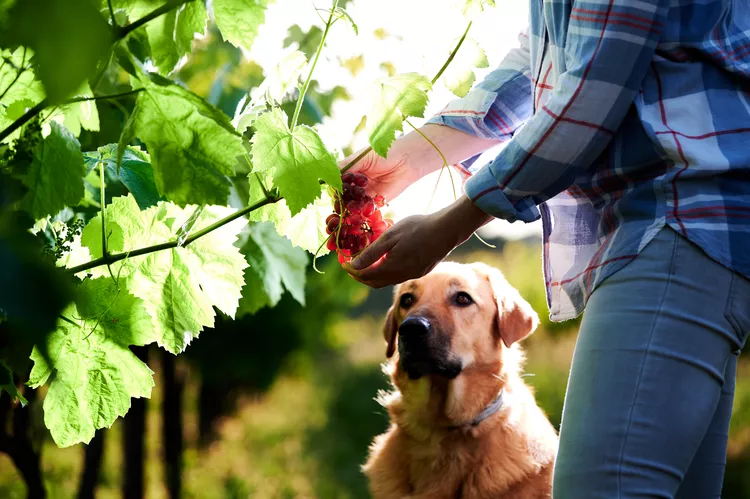
Exploring Pet-Friendly Wineries: Types, Locations, and More
Discover the different types of pet-friendly wineries, where to find them, and what to expect when you visit. Learn more with The Spruce Pets.
Why Is My Dog’s Eye Swollen?
If your dog's eye is swollen, she may need veterinary attention. The inflammation could be caused by allergies, an injury, or even a tumor.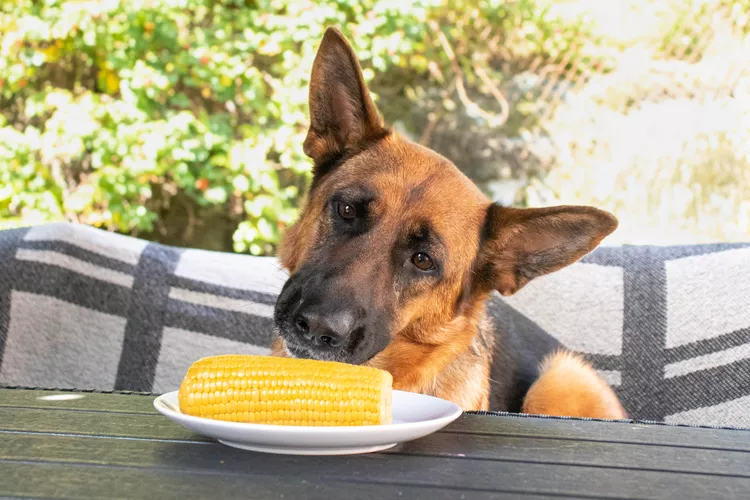
Can Dogs Eat Corn on the Cob?
Dogs love chewing on corn cobs, but this can cause serious harm. Learn about the dangers of corn cobs and find out what to do if your dog eats one.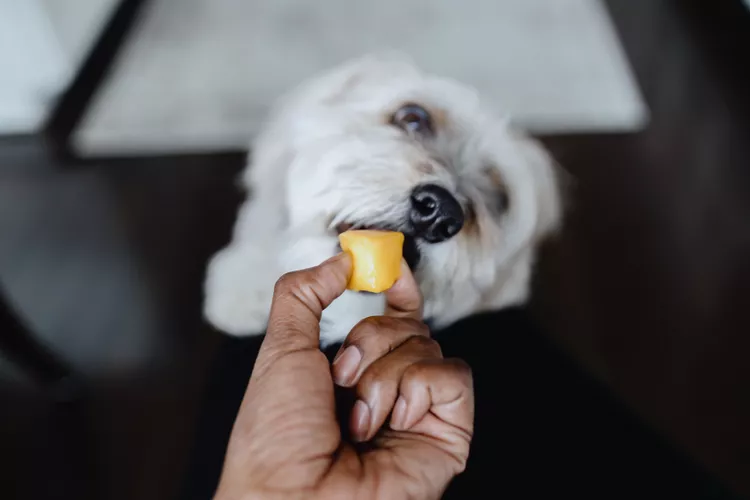
Can Dogs Eat Papaya? What to Know About Sharing This Tropical Fruit With Your Pup
Papaya is safe for dogs in moderation, and it can even provide some nutritional value for them. However, too much can cause digestive upset, and it's not suitable to share with dogs with certain health conditions.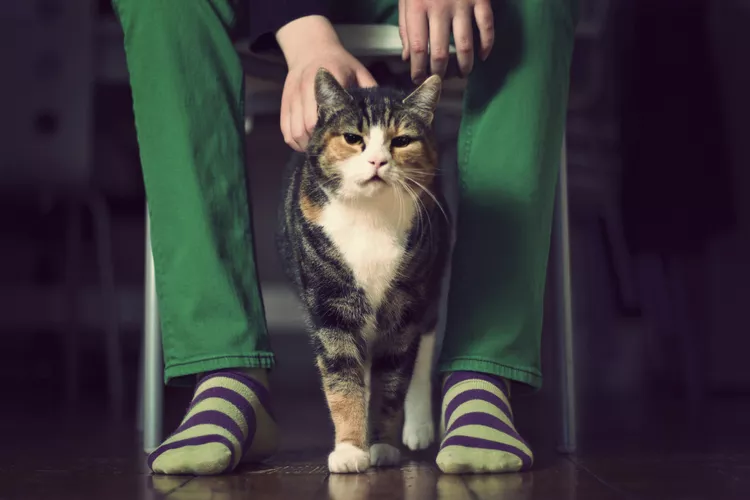
65 Irish Cat Names
Irish cat names can pay homage to historical places, local cuisine, famous Irish actors and musicians, or other wonderful aspects of the Emerald Isle.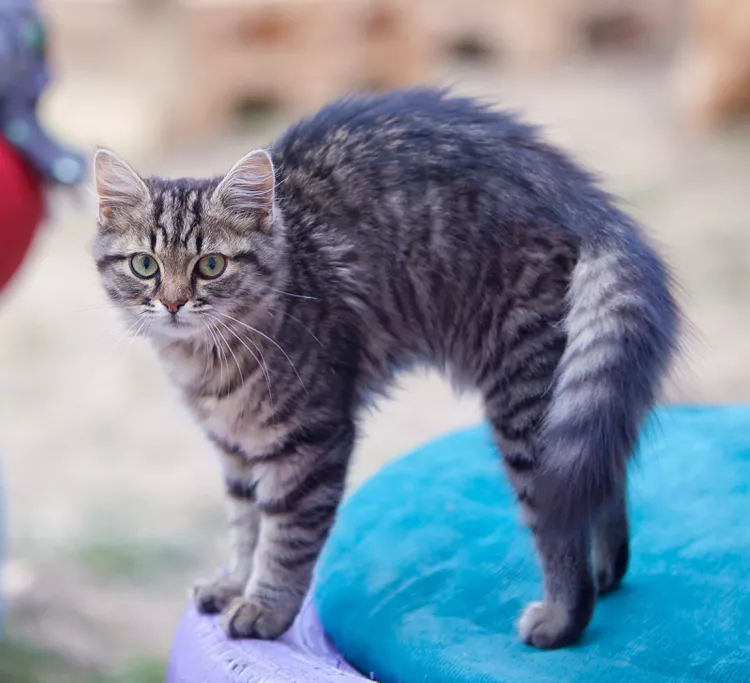
Feline Hyperesthesia Syndrome (FHS) in Cats
Rippling skin is more than dermal sensitivity in cats. It can be a sign of Feline Hyperesthesia Syndrome. Learn the causes, treatment, and prevention.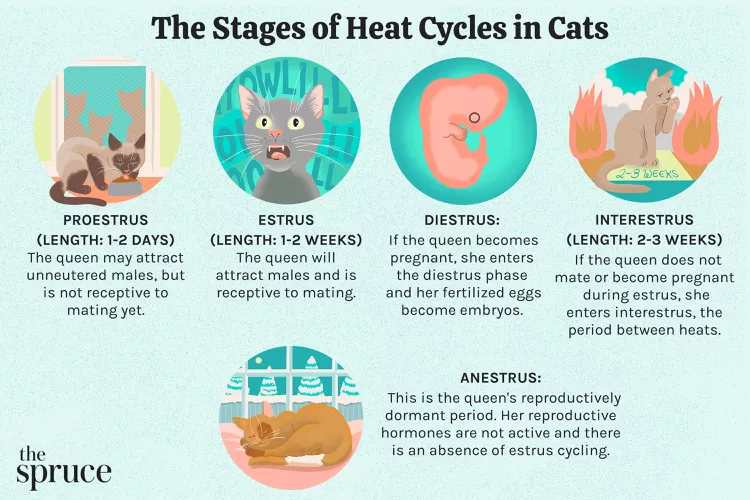
How Long Are Cats in Heat?
How long are cats in heat? Learn about the heat cycles of cats, also called estrus, as well as the reasons you should spay your cat.
Can Dogs Eat Raw Chicken Feet?
What are the potential health benefits of chicken feet for dogs? What are the risks?
Is Eucalyptus Safe for Cats?
Many products containing eucalyptus are not safe for cats, and it is important to be aware of the risks to your cat.
What You Need to Know About Homemade Cat Food
If you want to cook for your cat, make sure to read about the risks associated with homemade diets for cats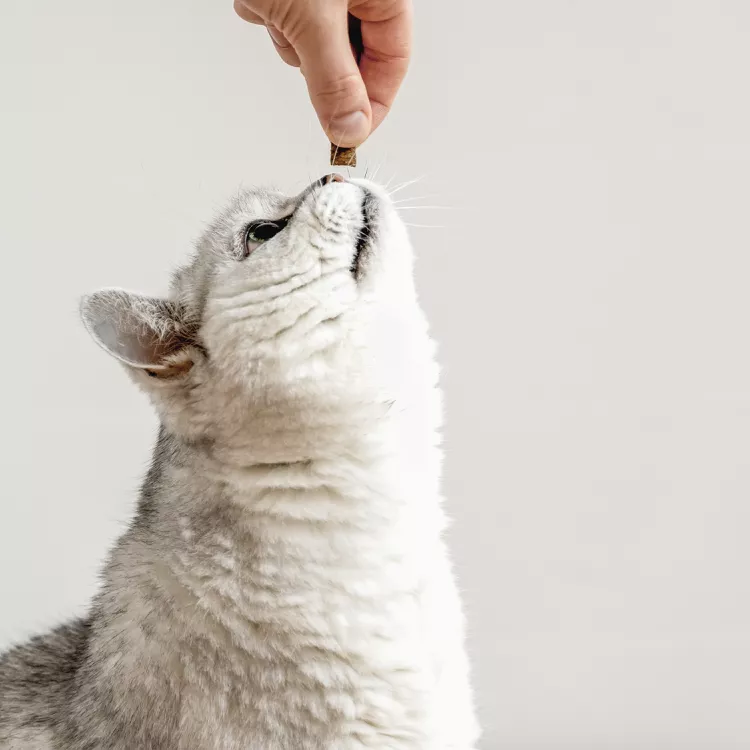
Can Cats Eat Peanut Butter?
Peanut butter is not toxic to cats, but it might not be the best choice of treat for them.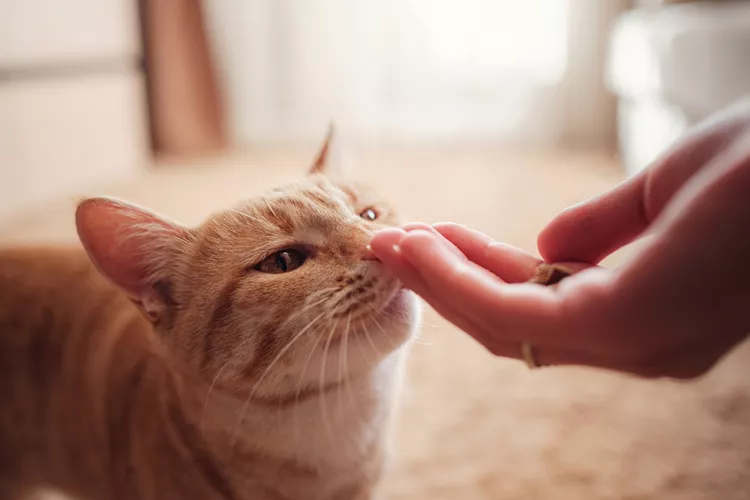
Can Cats Eat Cheese?
Can cats eat cheese? Is it healthy for them? How much can they eat and what should you do if you fear your cat has eaten too much cheese?
8 Flat-Faced Cats with the Cutest Smooshed Faces
These flat-faced cat breeds have a distinct and adorable appearance. Learn about their origins and traits, and the potential health risks tied to their unique facial structures.
Pictures and Facts About Bengal Cats and Kittens
Bengal cats are a cross between wild cats and domestic cats. Learn more about what they look like and pictures of this beautiful spotted breed.
Top 10 Big House Cats
Larger cat breeds, like Maine coons and savannahs, deserve just as much love as their petite counterparts. These big house cats tip the scales.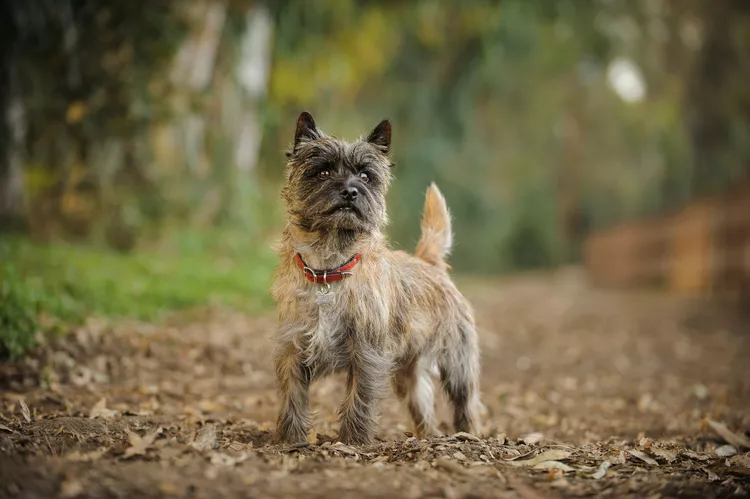
Cairn Terrier: Dog Breed Characteristics & Care
The cairn terrier is a spunky, affectionate, and intelligent dog from Scotland. The breed became famous when one played Toto in The Wizard of Oz. Learn about the temperament, history, health, and care needs of the cairn terrier dog breed.
Reasons Why Dogs Grind Their Teeth
Some dogs grind their teeth. Learn why dogs grind their teeth and if it can be harmful. Find out what to do about teeth grinding in dogs.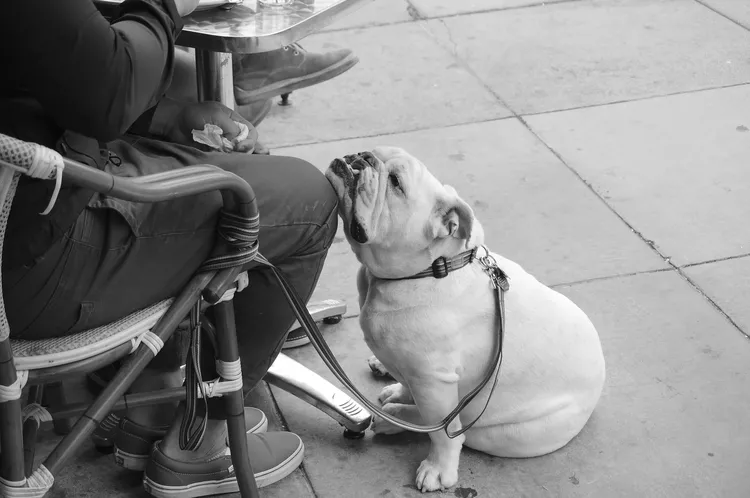
This Is Why Some Dogs Lean on People
Certain dogs really love leaning on their humans. What does this mean? Find out why dogs lean on people and if this is ever a problem.
Can Dogs Get Depression? How to Help Your Sad Dog
Can dogs get depression? Learn about the signs of depression in dogs and find out how to help your sad dog.